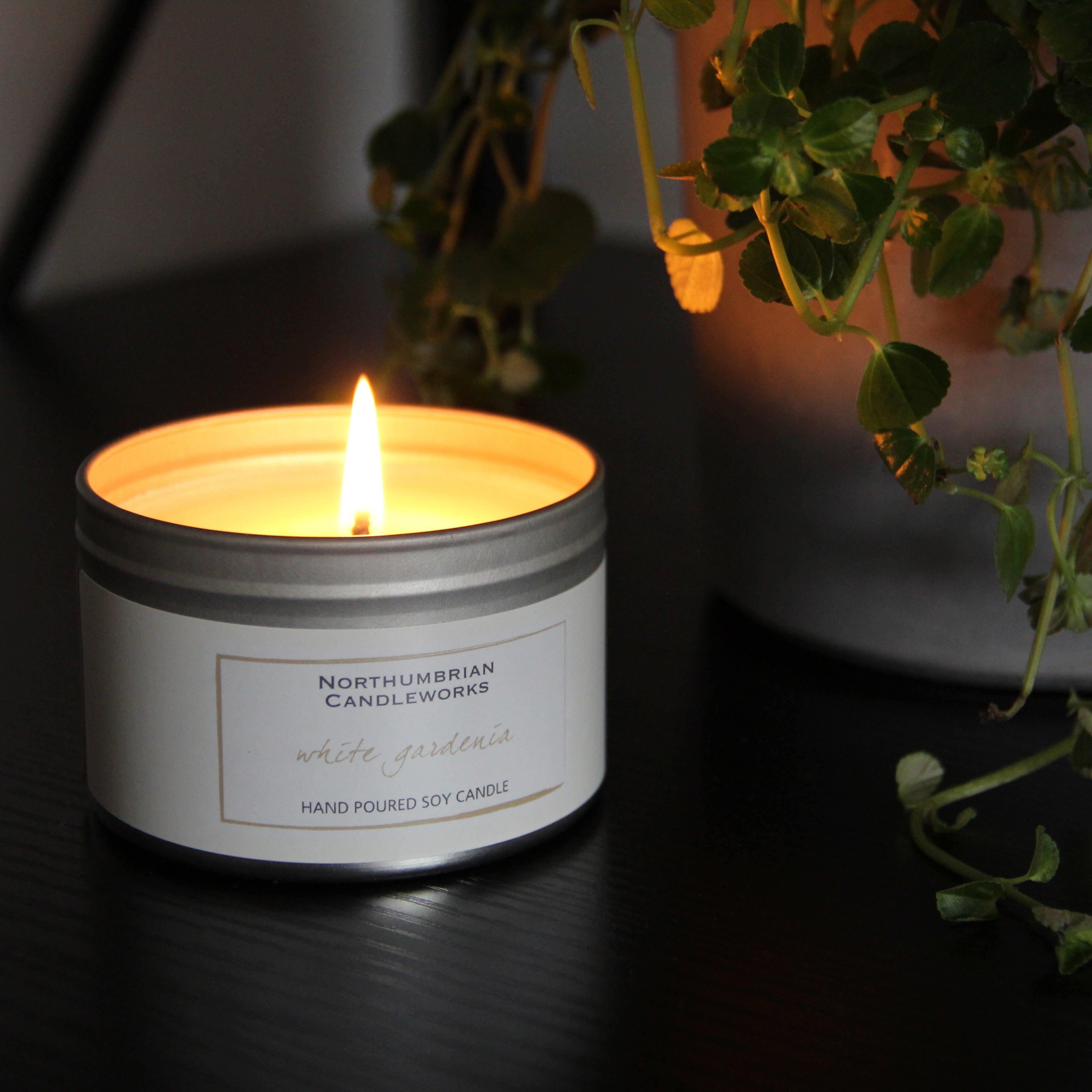Develop Setting with Handmade Soy Wax Candles and Home Fragrance
Develop Setting with Handmade Soy Wax Candles and Home Fragrance
Blog Article
From Wick to Wax: Recognizing the Chemistry Behind Soy Wax Candles and Their Environmental Impact
As we illuminate our rooms with the cozy radiance of candle lights, there exists a realm of elaborate chemistry behind the seemingly straightforward act of lighting a soy wax candle. Join us as we decipher the clinical intricacies behind soy wax candle lights and explore their ramifications on our atmosphere.
Soy Wax Vs. Paraffin Wax
When contrasting soy wax and paraffin wax for candle light production, it is vital to recognize the distinctive attributes and advantages of each product. Soy wax is an all-natural, renewable energy stemmed from soybean oil, making it naturally degradable and eco-friendly - home fragrance. In comparison, paraffin wax is a result of petroleum refining, which raises issues regarding its environmental effect and sustainability
Soy wax candles melt cleaner and emit less soot contrasted to paraffin wax candles, making them a much healthier option for indoor air quality. Furthermore, soy wax has a lower melting point, allowing for a longer-lasting candle that distributes scent better. Paraffin wax, on the other hand, has a tendency to burn faster and much less easily, potentially releasing dangerous chemicals right into the air.
From a sustainability point of view, soy wax is preferred for its biodegradability and eco-friendly sourcing, straightening with the expanding consumer choice for environmentally conscious items. While paraffin wax has actually been a traditional choice in candle making due to its price and ease of use, the shift in the direction of eco-friendly choices like soy wax is acquiring energy in the industry.
Chemical Make-up of Soy Wax

Burning Process in Soy Candles
The chemical structure of soy wax straight influences the burning process in soy candles, influencing variables such as shed time, scent release, and environmental effect. When a soy candle light is lit, the warmth from the flame melts the wax near the wick. This liquid wax is then formulated the wick due to capillary activity. As the liquid wax gets to the flame, it goes through and evaporates combustion. The burning process entails the vaporized hydrocarbons in the wax responding with oxygen airborne to create warm, light, water vapor, and co2.
The burning effectiveness of soy candles is affected by the purity of the soy wax and the quality of the wick. A clean-burning soy candle with an effectively sized wick will certainly decrease and create a constant flame residue formation. This not only prolongs the melt time of the candle yet also improves the release of scents. Additionally, soy wax candle lights have a reduced ecological effect contrasted to paraffin candles because of their naturally degradable and eco-friendly nature.

Environmental Benefits of Soy Wax

Taken into consideration a lasting option to standard paraffin wax, soy wax provides notable ecological advantages that important link make it a popular choice amongst eco-conscious customers. Soy wax burns cleaner and produces less residue than paraffin wax, adding to far better interior air top quality and reducing the requirement for cleansing and upkeep. Generally, the environmental benefits of soy wax align with the expanding demand for eco-friendly and sustainable items in the market.
Recycling and Disposal Considerations
Recycling and correct disposal of soy wax candle lights play a vital function in preserving environmental sustainability and minimizing waste in houses and areas. The initial action is to ensure that the candle has burned entirely when it comes to recycling soy wax candles. This can be achieved by allowing the candle to melt until the wick is no much longer functional, and after that letting the staying wax cool and strengthen. Once the wax has strengthened, it can be meticulously gotten rid of from the container.

In terms of disposal, if recycling is not an alternative, soy wax candles are naturally degradable and can be safely dealt with in the majority of family waste systems. It is always recommended to examine with regional reusing facilities or waste monitoring solutions for specific standards on candle disposal to make sure appropriate handling and ecological protection.
Verdict
To conclude, the chemistry behind soy wax candle lights discloses their ecological advantages over paraffin wax candles. Soy wax, originated from soybean oil, burns cleaner and generates less residue when contrasted to paraffin wax. The burning procedure in soy candles is a lot more efficient, bring about a longer and much more even shed. Furthermore, soy wax is renewable and naturally degradable, making it a much more lasting selection for candle light manufacturing. Recycling and correct disposal of soy wax candles further add to their ecological influence.
When contrasting soy wax and paraffin wax for candle light production, it is crucial to recognize the distinctive qualities and benefits of each material (soy wax candles).Soy wax candle over at this website lights shed cleaner why not try here and release less residue compared to paraffin wax candle lights, making them a much healthier selection for interior air quality.Taken into consideration a sustainable option to conventional paraffin wax, soy wax supplies noteworthy ecological benefits that make it a preferred choice among eco-conscious customers. Soy wax burns cleaner and generates less soot than paraffin wax, contributing to much better indoor air quality and decreasing the demand for cleansing and maintenance.In final thought, the chemistry behind soy wax candle lights exposes their ecological advantages over paraffin wax candle lights
Report this page